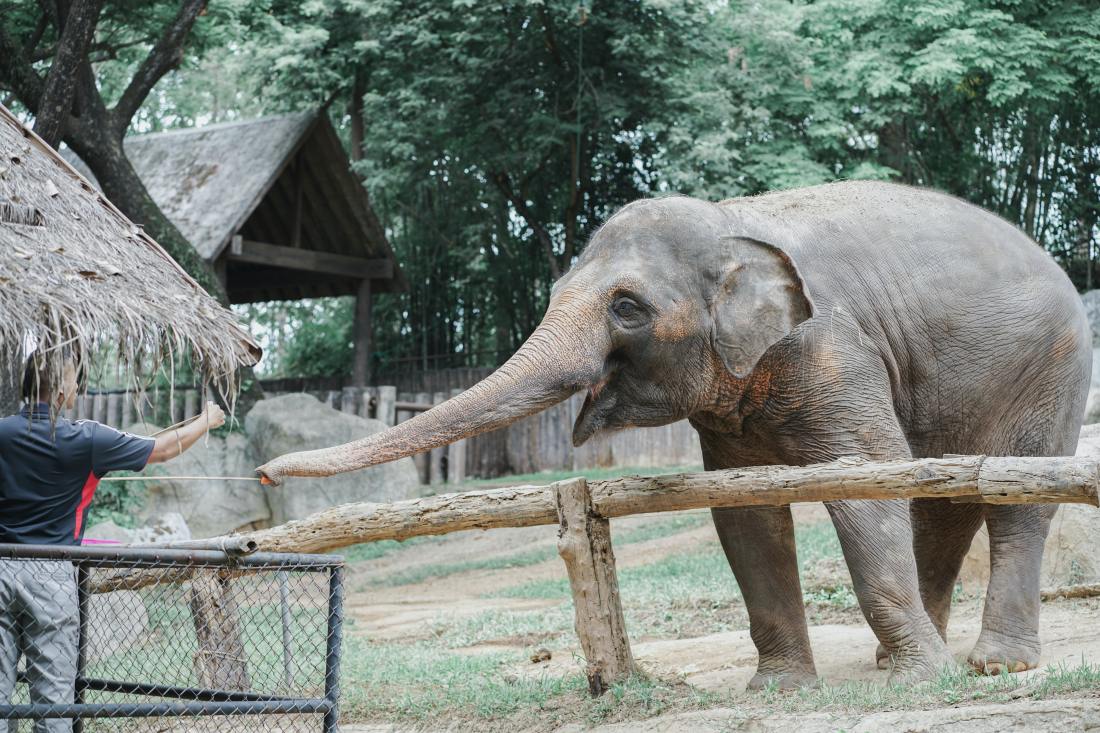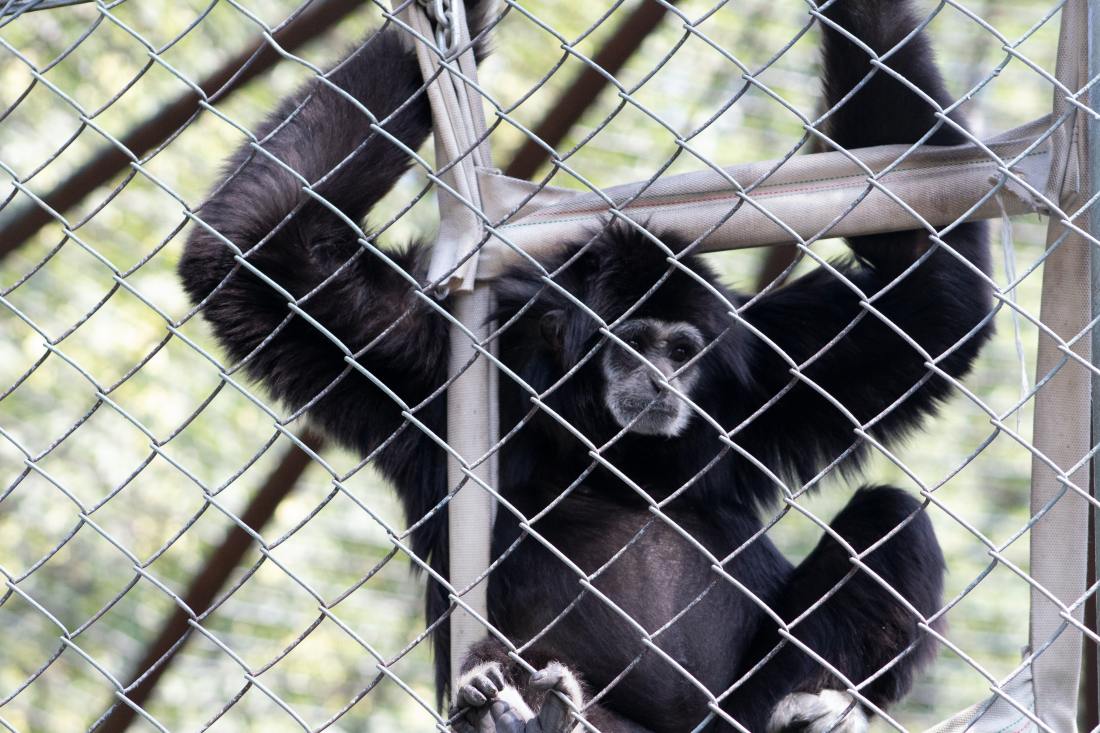ANIMAL WELFARE VS. ANIMAL WELLBEING
 Photo by Juliya Zemlyanaya on Unsplash
Photo by Juliya Zemlyanaya on Unsplash
An important way in which we can prioritise the health and happiness of animals in captivity is by shifting our focus from animal welfare to animal wellbeing.
What’s the difference you ask?
As Pierce and Bekoff (2018) explain, welfare improvements focus on reducing sources of stress for animals in captivity with recent zoological advancements “working to offset the suffering we are imposing”. This suggests however that something immoral is being forced upon the animals. Wellbeing on the other hand focuses efforts on the needs of the animal from their own point of view, not what is assumed by humans. Pierce and Bekoff explain this concept very neatly:
For example, welfarism asks whether elephants would prefer one acre or three acres; wellbeing challenges the idea that elephants should be in cages in zoos in the first place, because they cannot have true wellbeing or “good lives” under such conditions—no matter how many welfare modifications we make. (2018, p. 47).
Many experts agree that captivity inflicts severe discomfort on animals, no matter how many toys and activities are provided, or how much an enclosure is made to replicate their natural habitats. However, the general consensus is that animals in captivity is not a phenomenon that will vanish overnight. Therefore, the responsibility lies on us to transform the way we consider the wellbeing of animals.
SHIFTING AWAY FROM ‘CHARISMATIC’ SPECIES
 Photo by topcools tee on Unsplash
Photo by topcools tee on Unsplash
I am very sure that when you think of zoo animals, there are a select few that pop into your head – lions, tigers, giraffes, elephants, etc. These ‘crowd favourites’ are undoubtedly what bring large numbers to many zoos around the world but unfortunately, research shows that ‘charismatic’ species such as these can simply not thrive within zoo environments. There are therefore calls for a change in the type of species that are allowed to be displayed in captivity, shifting towards animals which have proven to succeed in zoo habitats.
Kagan, Allard and Carter (2018) argue that “rethinking decisions about the animals with whom we work…will help us ensure that zoos and aquariums are not running conservation programs like beauty contests”.
Pierce and Bekoff (2018) also argue that “zoo directors need to change the way they talk to the public about animals, and they need to help redirect the public’s interest”.
While it may seem ridiculous to think that members of the public would still willingly pay to view insects over rhinoceroses, action taken by zoos in recent years prove that this may not be the case. Over a decade ago, the Detroit Zoo suspended its elephant exhibit, opting for more innovative and technologically advanced alternatives with ‘more boring’ animals such as snails, which has subsequently thrived.
It may be a risk for zoo operaters, but they now have the power and proof to shift public focus in a direction that is more ethically sound, promoting a healthier relationship between society and animals, and reducing collateral damage of real animal lives in the process.
ANIMALS ARE NOT COMMODITIES
 Photo by mikhail marchenko on Unsplash
Photo by mikhail marchenko on Unsplash
This one is pretty simple:
We need to disconnect from commerce that is exploiting individuals as living trophies. Living beings should not be considered objects that are bought and sold. Kagan, Allard and Carter (2018)
Animals are regularly shipped around from natural habitat to metropolitan zoo, to a breeding program and back again. Whether the reasoning is justified as conservation, science, or simply a new and exciting exhibit, frequently moving animals around places significant stress and reduces their overall quality of life. Animals become emotionally and physically attached to their surroundings, similarly to humans. Being bought and sold yearly would certainly be detrimental for our own wellbeing, so why should it be any different for animals?
CAPTIVITY = CONSERVATION?
 Photo by 🇨🇭 Claudio Schwarz | @purzlbaum
Photo by 🇨🇭 Claudio Schwarz | @purzlbaum
Many zoos now market themselves as wildlife conservation centres in an attempt to justify the work they carry out. But the question remains: is keeping animals in captivity the best and most ethically sound way to contribute to conservation efforts?
Through their work in exploring the balance between values and responsibilities of zoo research, Minteer and Collins (2013) argue that animal welfare frequently clashes with the need to understand and conserve species “through research and management intervention”.
However, many scholars argue that conservation is increasingly being used as a label to justify the keeping of more ‘charismatic’ animals that draw the crowds. While it is crucial for conservationists to “ensure a future for natural occurring biological diversity”, zoo directors and the public must continually question whether animals who contribute little to conservation (such as elephants that are not being bred for reintroduction to the wild), should continue to be housed in zoos. (Kreger and Hutchins (2010))
Once again, as complex as the ethics situation remains, it comes down to prioritising animal wellbeing over our own wants and needs.
So, we have a better understanding of how to improve our ethical relationship with animals. But does this media we consume reflect these behaviours? Continue to Part 3 to explore how the media represents zoo life.
